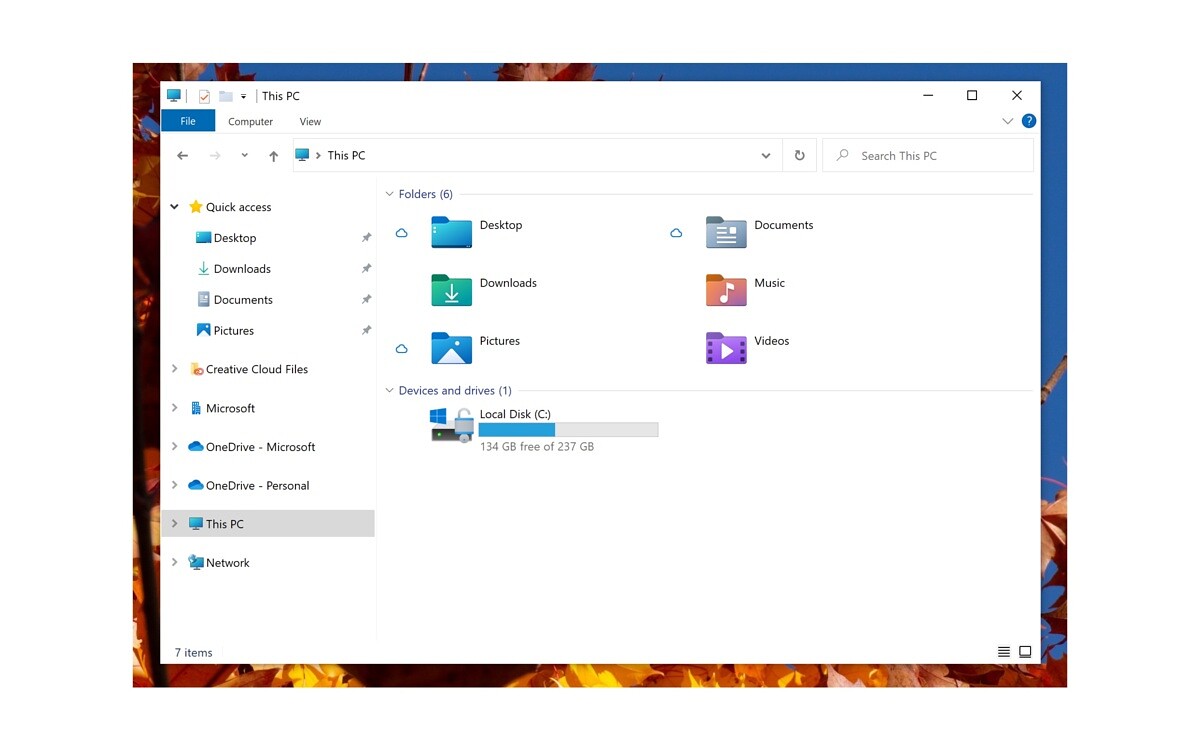An .exe file is an executable file. It carries a set of instructions. These instructions command the PC to do something. For instance, a word .exe file installs Microsoft Word. It instructs the PC, how to bold, italicize, create table, etc when the user provides suitable commands. However, not all .exe files are safe. check here to learn to identify a harmful .exe file.
What are the risks?
The user gives permission to the .exe file to run instructions that are held in the file. These instructions command the PC. Thus, they have the potential to include source codes that can damage the PC. It is capable of doing this without the knowledge of the user. As the file takes user permission, the firewall and other security measures cannot resist its action. For instance, the file can instruct the PC to delete a file, copy or even export to a connected server (hacking)!
What should be done to avoid such risks?
Before running the .exe file, scan it for malware. Windows Security features are more than enough to do this scan. One can also use a third-party anti – virus.
How to check if .exe files are safe?
• Scan the file using Microsoft Defender. The Microsoft Defender is the security feature that come with the latest windows versions. Right click on the file, select “Scan with Microsoft Defender”.
• Right click on the file. Check on its properties. See if it has a known publisher. Also, the file should display its size. Browse about the publisher to learn if other users have encountered .exe problems from him.
• If the .exe file is already running, check if it is exhibiting strange behaviour. Look on the updates of the downloading and installing processes. See if it is sending or receiving unwanted traffic. Also, the installing process should be quick. It should provide frequent updates. A safe .exe file lists each and every activity being performed.
Are .exe files harmful? – A small Guide
